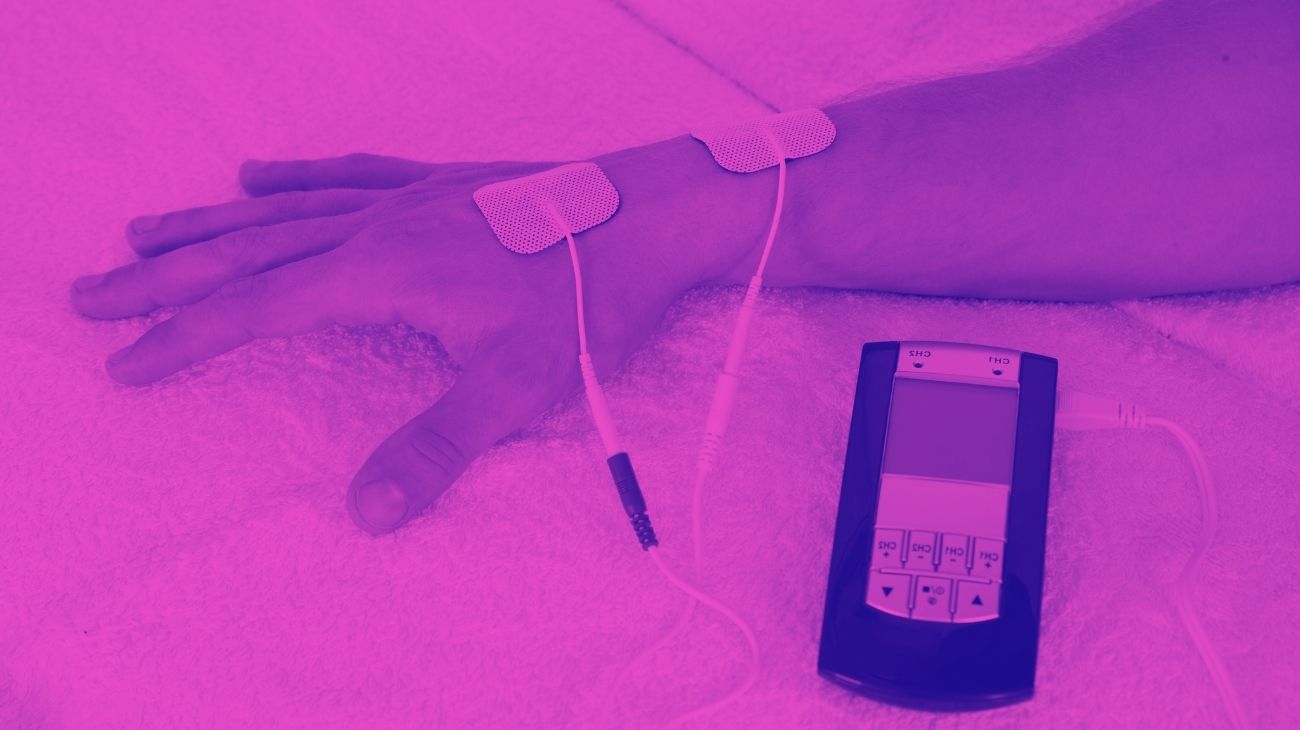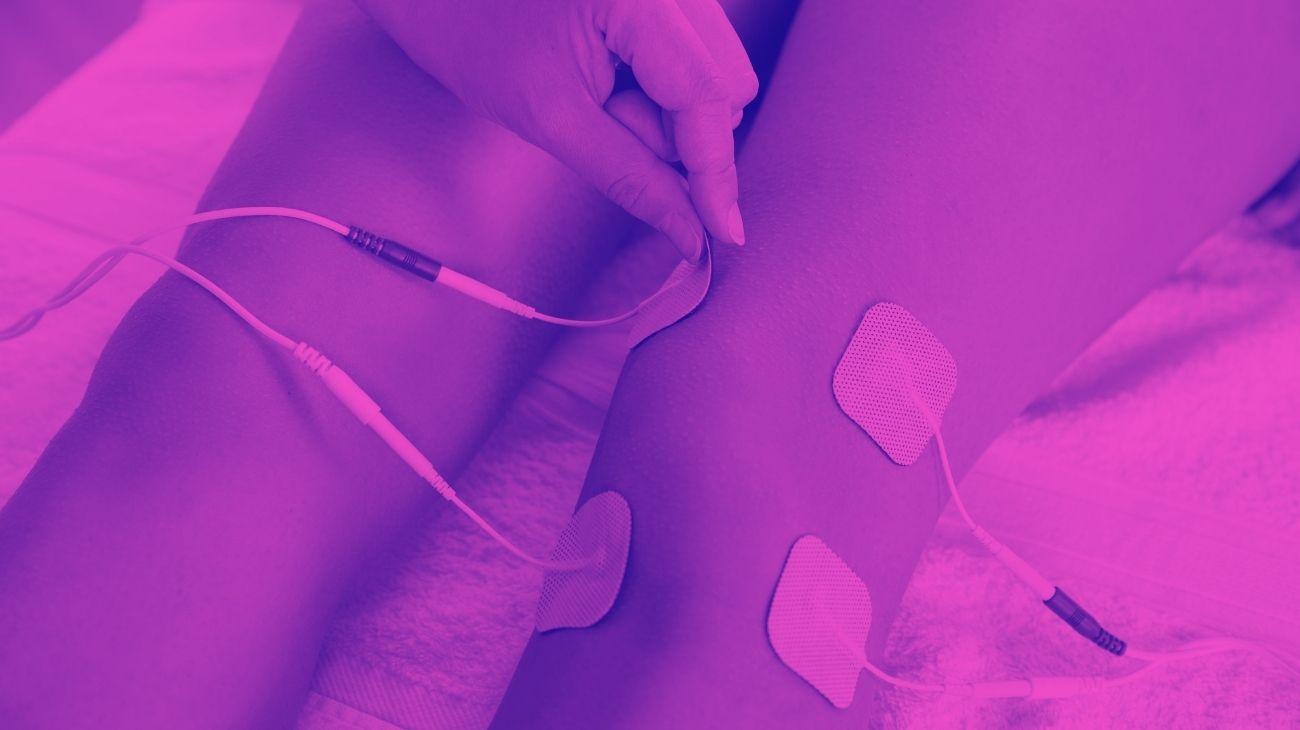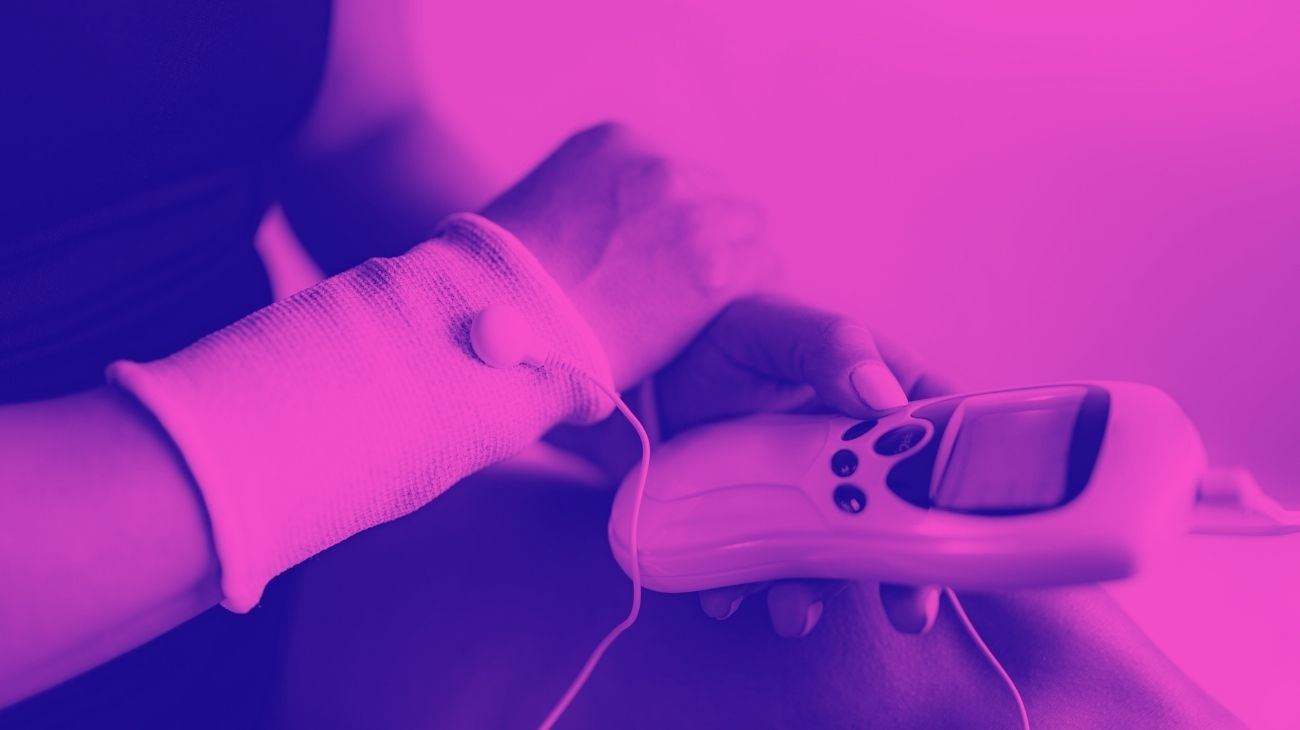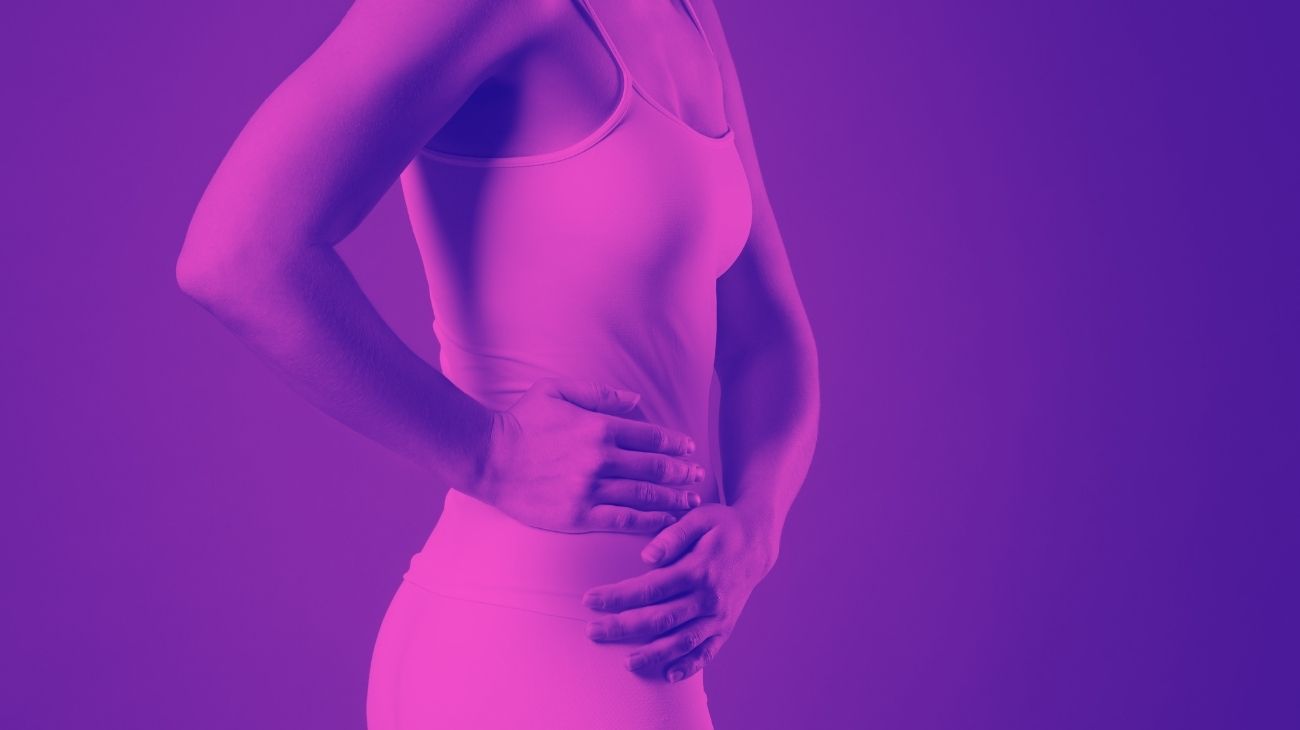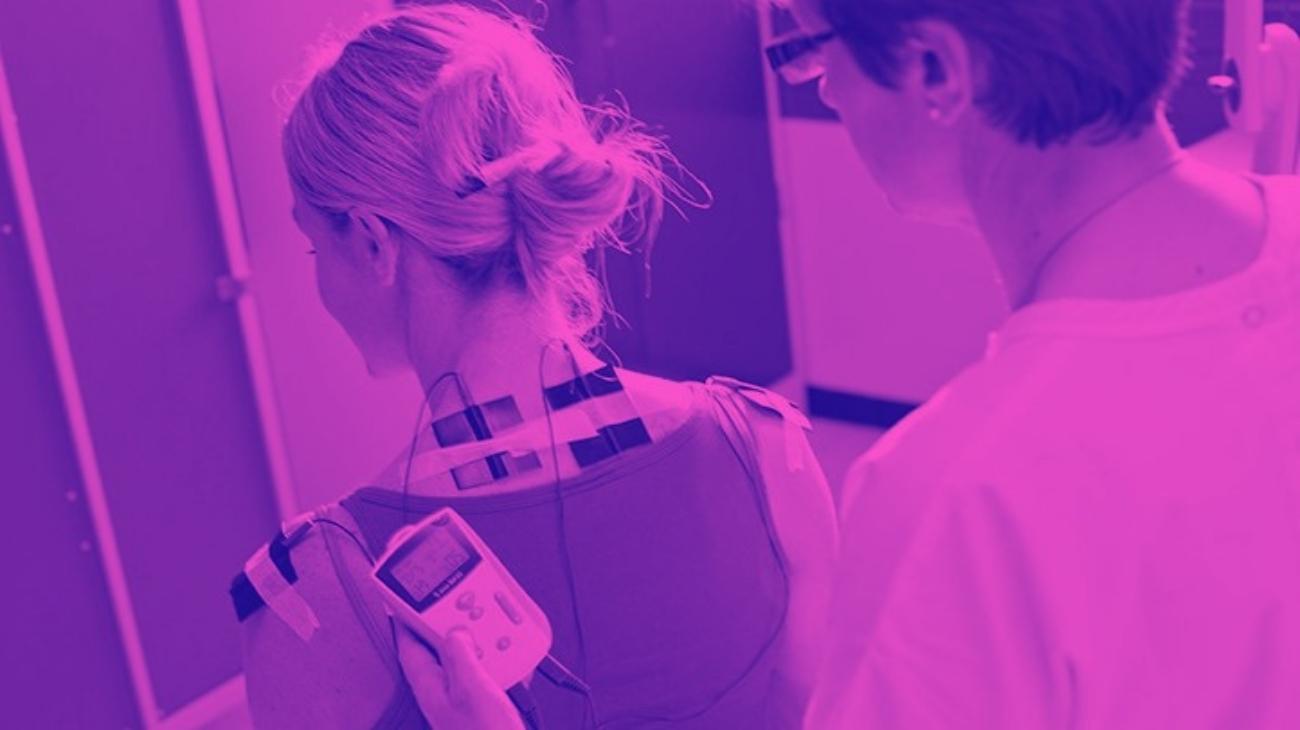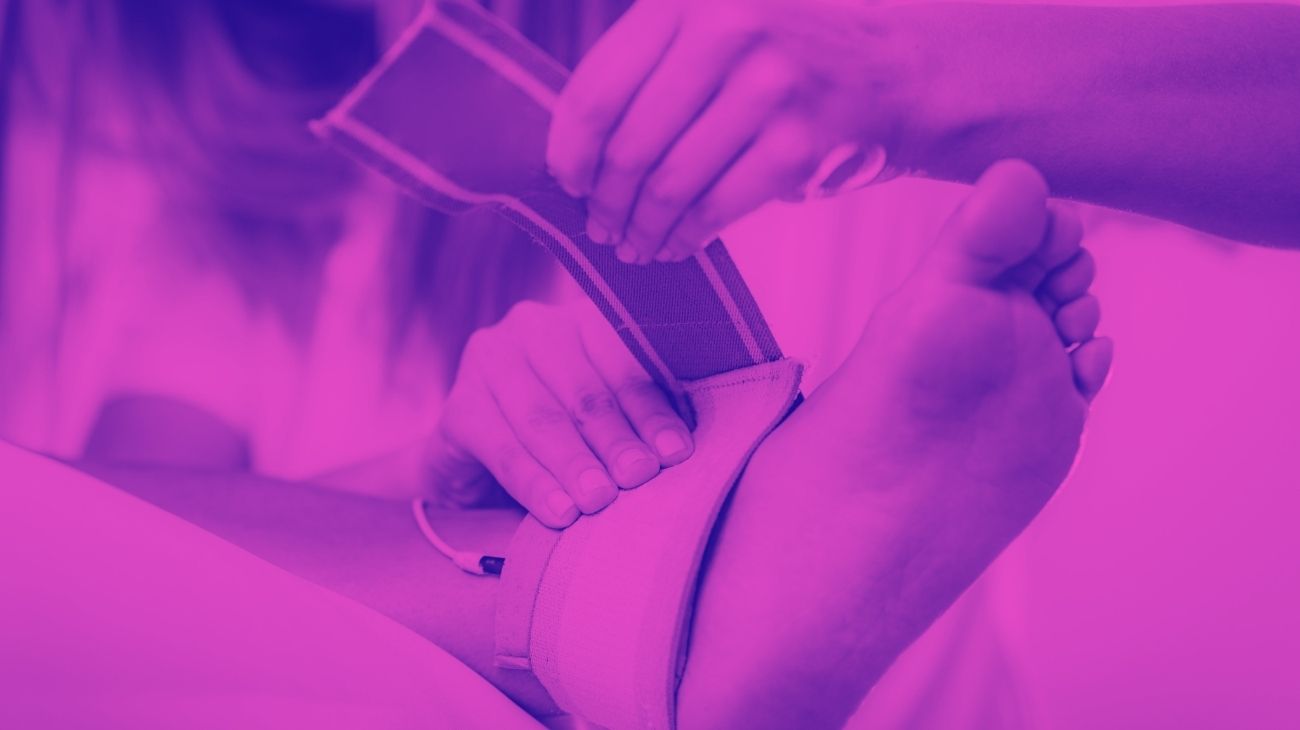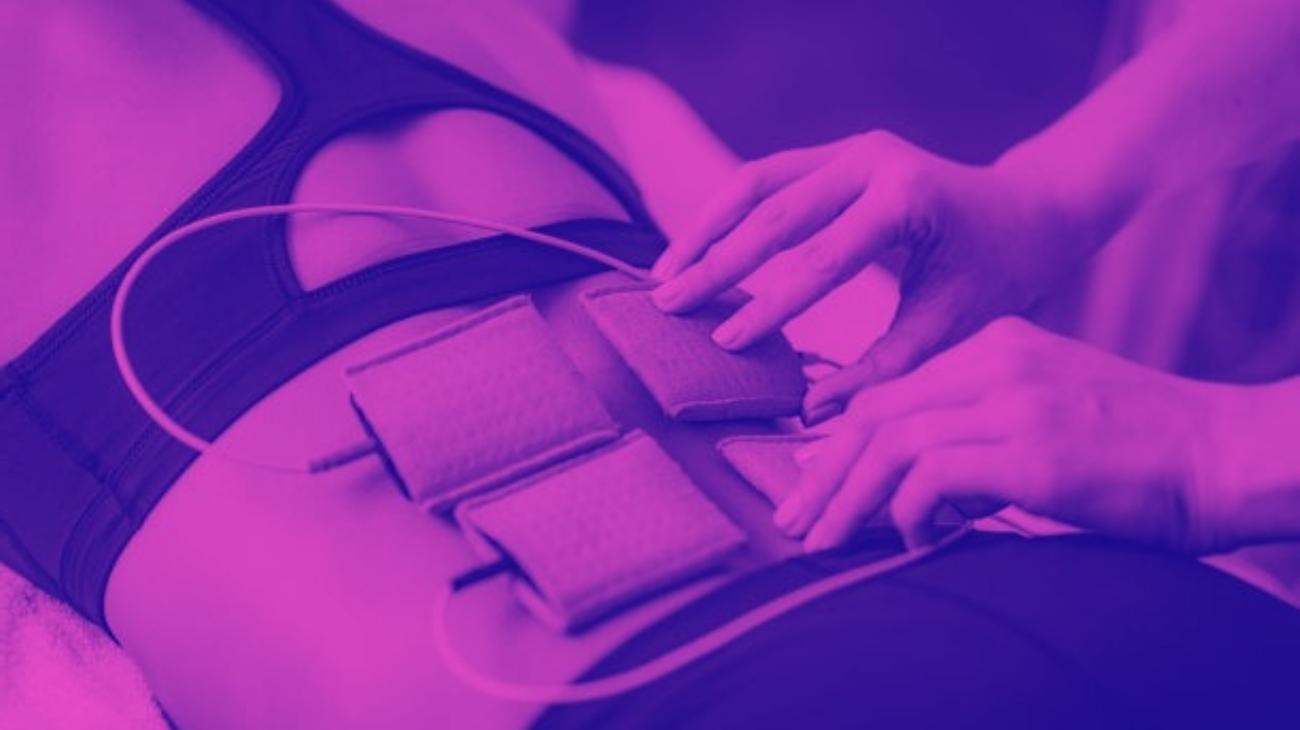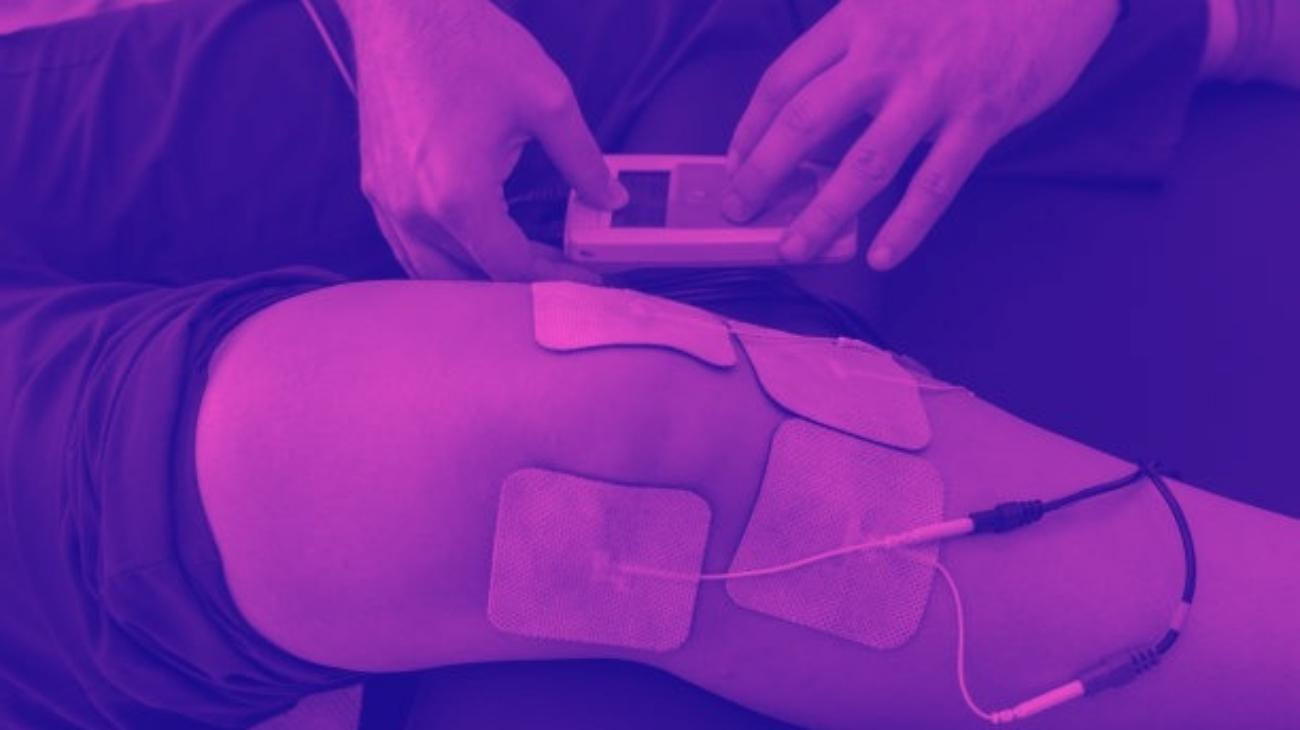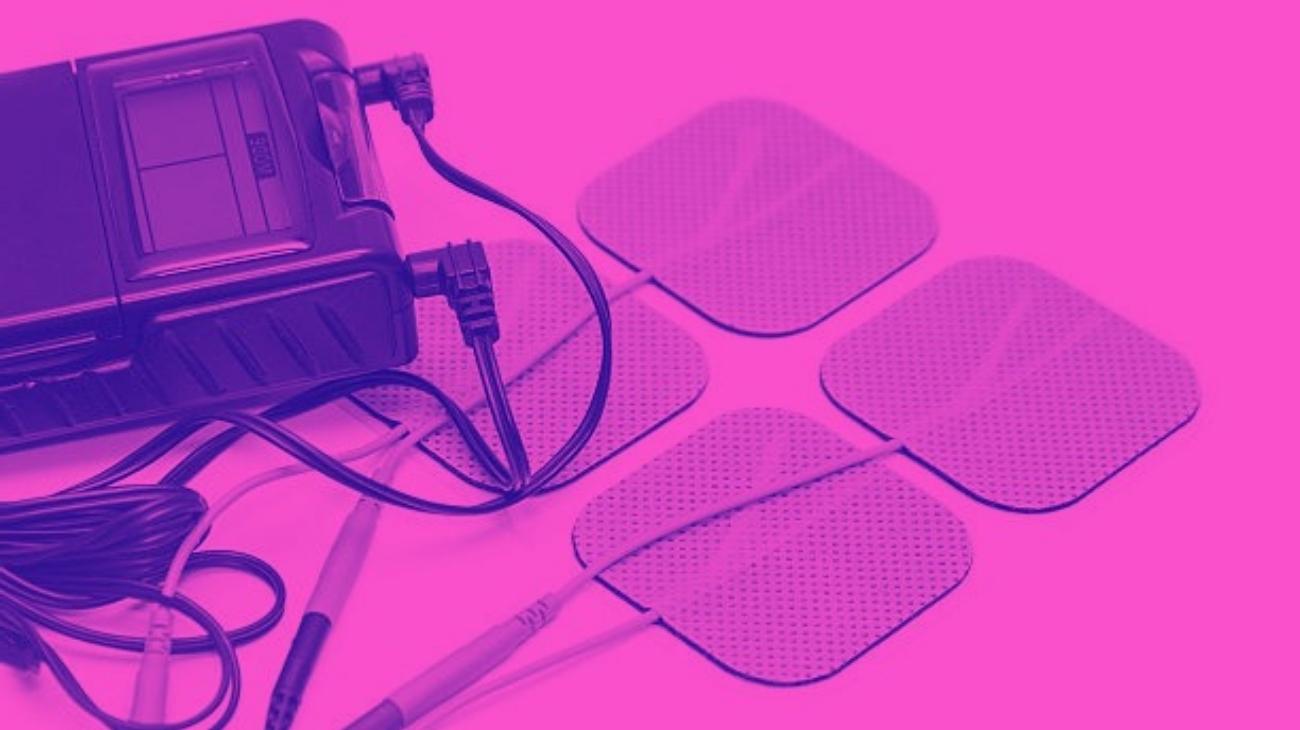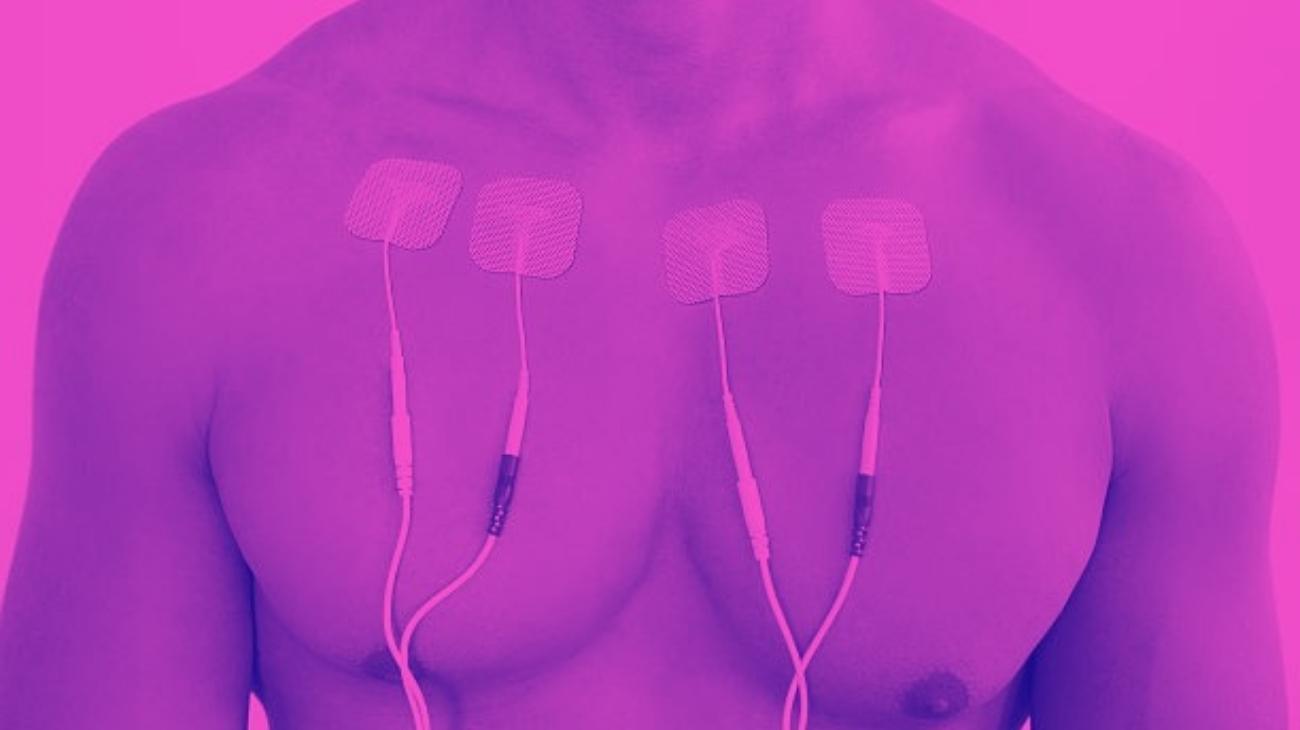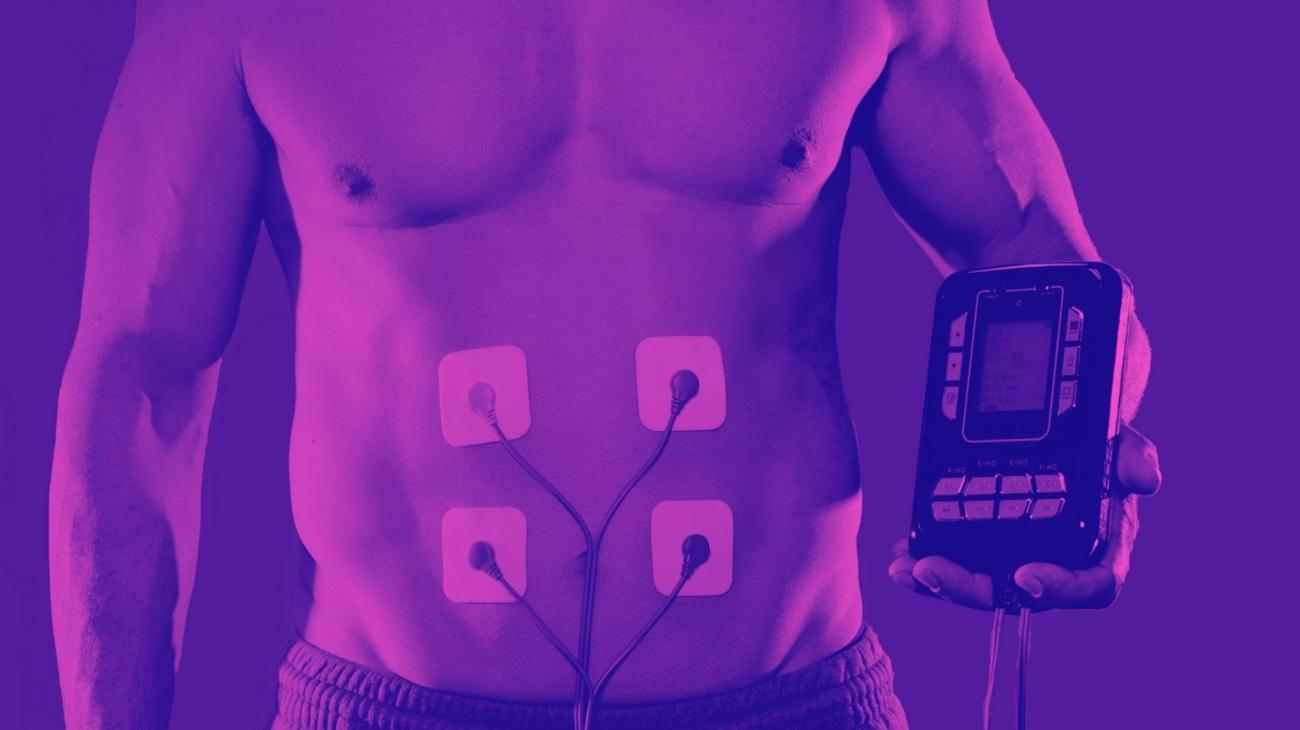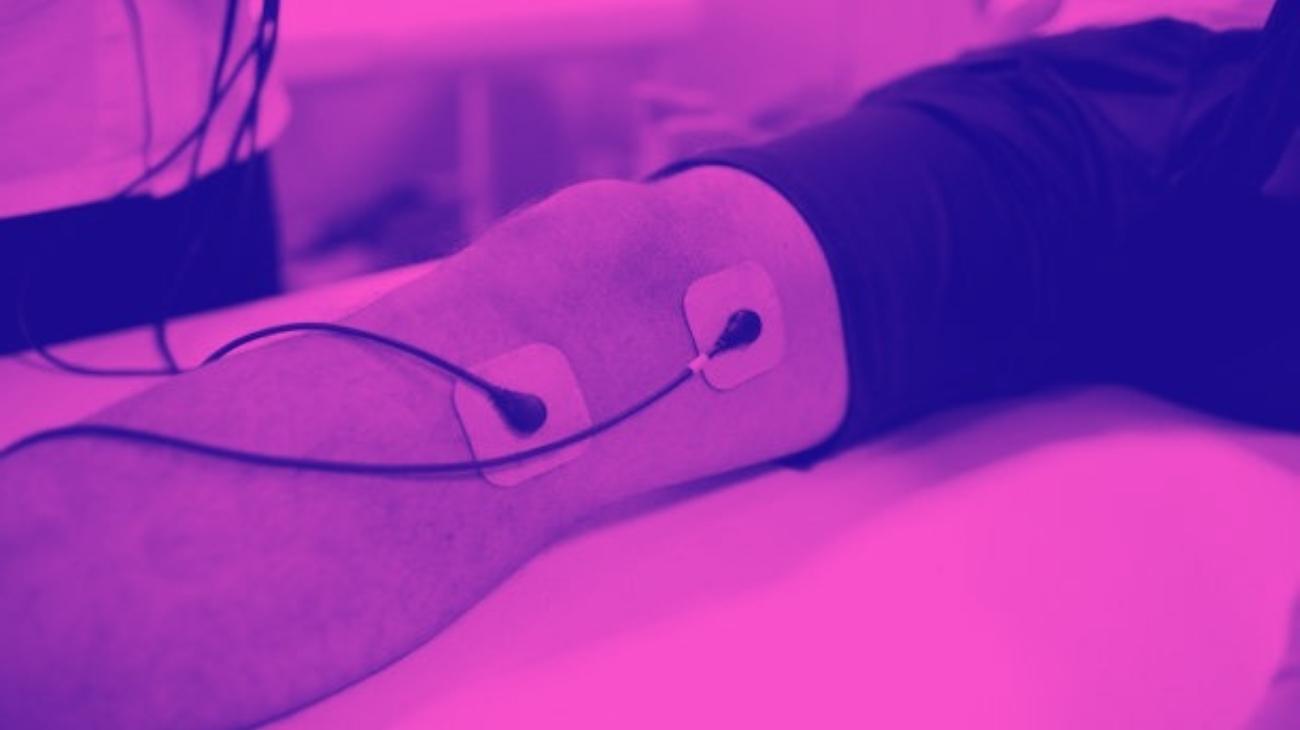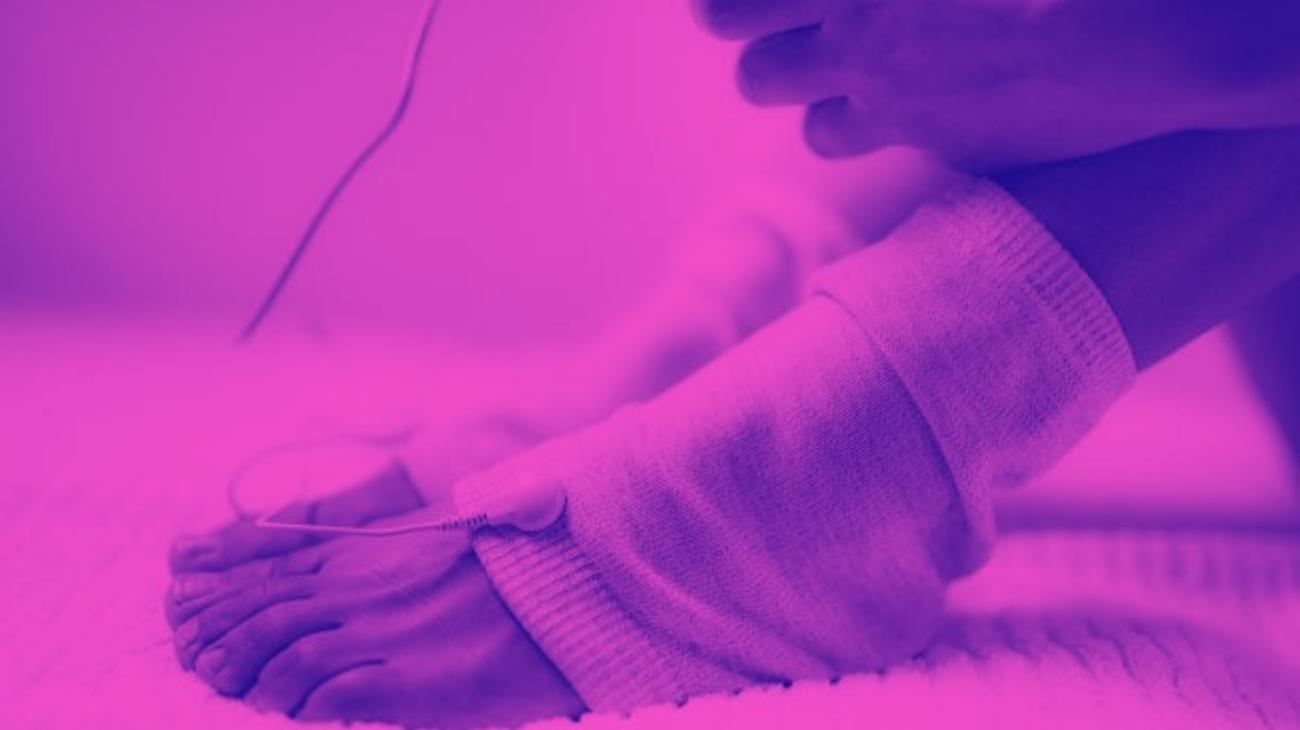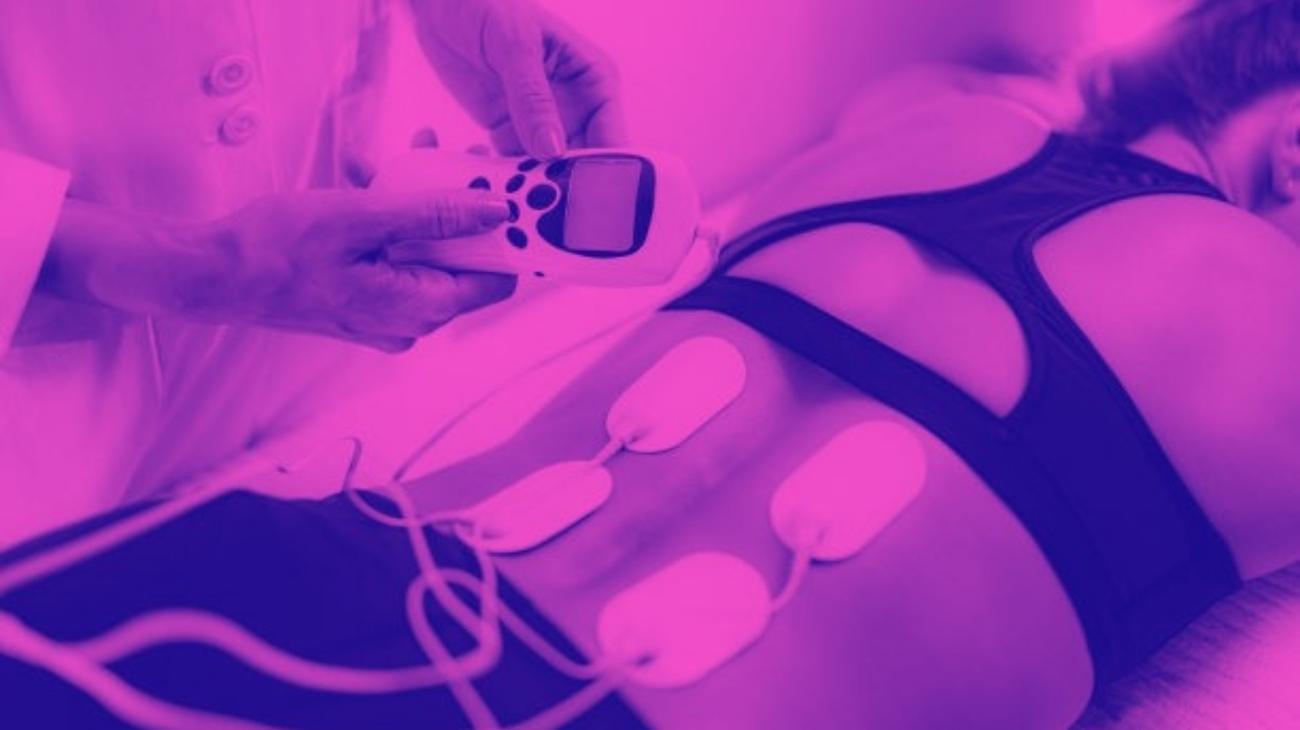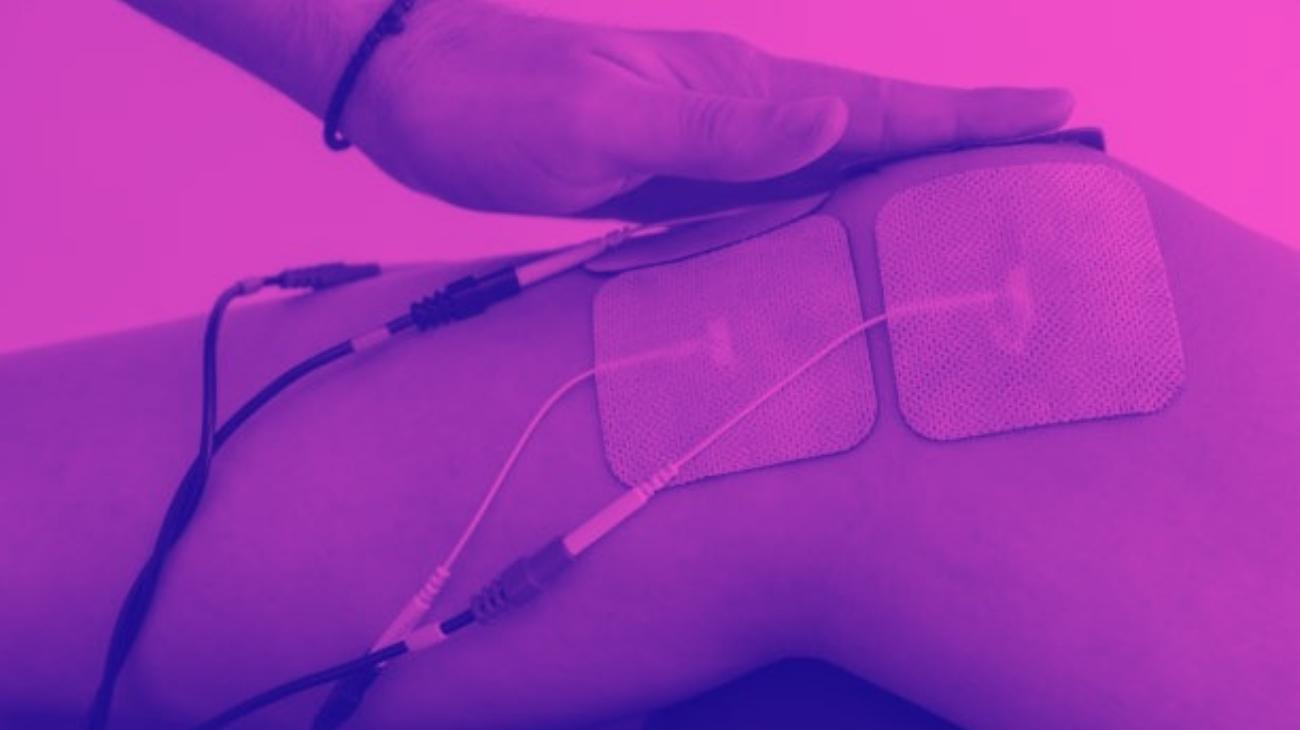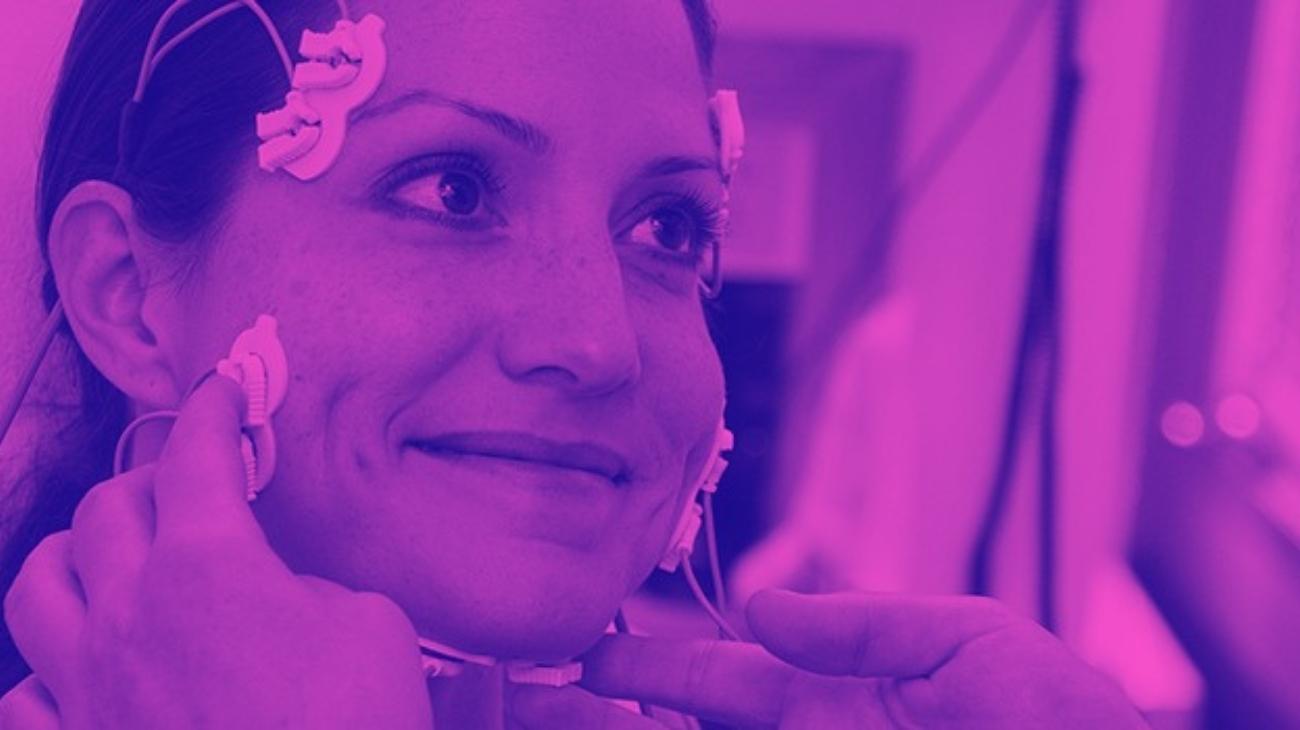- How to use TENS machines to relieve bruxism pain?
- Best TENS units to treat mandibular pain
- Video: How to place electrodes pads on the jaw pain?
- More types of EMS electrostimulators and TENS machines that you should know about
- What types of jaw pains are there and what are the causes?
- Differences between TENS and EMS Which is better for treating jaw pain?
- Is it recommended to use EMS machines to improve bruxism?
- Contraindications to the use of electrodes and electrotherapy
The jaw is a joint with a limited movement and a very specific function, however, the amount of ligaments and muscles it has makes it a very resistant joint. Despite this, the possibility of suffering ailments in this area is quite high, and can occur for a wide variety of reasons.
That is why it is necessary to have methods to alleviate the pain that any of these diseases or disorders can cause. This is where TENS and EMS electrotherapy comes in. Below, we will show you how to use these physical therapy modalities to treat the symptoms of injuries and diseases that cause pain in the jaw joint.
How to use TENS machines to relieve bruxism pain?
Since the jaw is an abundantly innervated area, TENS treatment has a fairly high effectiveness rate, being one of the most popular methods to treat the symptoms of bruxism.
However, some knowledge is necessary, both about the muscle and nerve anatomy of the jaw, as well as how TENS devices work. Below, we will teach you everything you need to know to apply successful transcutaneous electrical nerve stimulation therapy.
Where to place the electrodes?
The jaw is a joint with abundant nerve tissue, so the pain caused by bruxism can become disabling, as well as extending from the jaw to the ears, neck and shoulders. For this reason, it is necessary to have a certain degree of knowledge about the anatomy of the jaw to make each session as effective as possible.
The most appropriate locations for the treatment of bruxism pain are as follows:
- On the mandibular joint, at the level of the sphenomandibular ligament.
- On the cheek, over the pterygoid muscle, aligned with the mandibular sensory branch of the trigeminal nerve.
- On the temporalis muscle, acting on the sensory branches of the trigeminal nerve.
Which current to use?
In addition to pain relief, the use of TENS units can be of great help to perform a gentle muscle massage, which will be necessary to relax the jaw muscles.
The frequency setting will depend on which device is being used, and for a massage to relax the jaw muscles, the ideal current is between 35 and 45 Hz, a frequency low enough to interact with the nerve endings and also cause a slight muscle relaxation to reduce the symptoms of bruxism.
Best TENS units to treat mandibular pain
Given their effectiveness in the treatment of pain caused by bruxism and other diseases, it is possible to find a variety of effective TENS devices for this type of ailments. Among the most useful, we can find the following:
- Type: TENS
- Channels: 4
- Modes: 15 Programs
- Intensity: 20 Levels
- Wireless: No
- Heat therapy: No
- Battery: Rechargeable
- Electrodes: 8 Pads
- Display: LCD
- Size: Not specified
- Independent control mode
- Instant pain relief
- 20 intensity levels
- 15 different working modes
- Portable device
- Battery life not specified
- Does not specify dimensions and weight
- No heat therapy
All its modes of use are FSA and HSA approved, making it completely safe for anyone to use. It can be operated and set up very easily. The package includes reusable electrodes coated with adhesive gel in 3 sizes: 2 units of 2x4 inches, 4 units of 2x2 inches and 2 units of 1.5x1.5 inches.
- Type: TENS
- Channels: 4
- Modes: 24 Programs
- Intensity: Not specified
- Wireless: No
- Heat therapy: No
- Battery: Rechargeable
- Electrodes: 8 Pads
- Display: LCD
- Size: Not specified
- 4 independent channels
- Provides cramp relief
- Portable Device
- Promotes tissue healing
- 24 programs
- Few electrodes
- Does not specify battery life
- Does not specify intensity and size
It has 24 clinically proven massage programs, which are divided into 12 TENS therapy programs and 12 muscle stimulation training modes. It has a long-life rechargeable lithium battery that will give you a great autonomy of several hours of continuous use, eliminating the extra cost of buying replacement cylindrical batteries.
- Type: TENS
- Channels: Dual
- Modes/Programs: 20 Modes
- Intensity: 20 Levels
- Wireless: Yes
- Heat Therapy: Yes
- Battery: Rechargeable Lithium (up to 10 hours)
- Electrodes: 8 Pads
- Display: Digital
- Size: 4.12" x 2.24" x 0.43" - 1.54 lbs
- Reduces pain symptoms
- Rechargeable battery
- Includes user manual
- Portable and small size
- Includes carrying bag
- Not for muscle hypertrophy
- No heat therapy
- No touch screen included
It has 20 modes of use that apply different types of massages oriented to treat a wide variety of ailments, and with its independent channel control mode you will have the possibility of configuring different programs for each of the channels individually, to apply different types of massages in various areas of the body.
- Type: TENS
- Channels: Dual
- Modes/Programs: 8 Modes
- Intensity: 25 Levels
- Wireless: Yes
- Heat Therapy: No
- Battery: 3 AAA Batteries
- Electrodes: 4 Pads
- Display: Digital
- Size: 2.14" x 5.5" x 7.08" - 0.33 lbs
- Includes carrying bag
- Improves joint mobility
- Portable and small size
- Reduces pain symptoms
- Good quality
- Few types of programs
- Not suitable for muscle hypertrophy
- Battery operated
It has an interesting session timer function that allows you to adjust the duration of each therapy up to a maximum of 60 minutes. Its compact size allows it to be carried in your pocket, so you can take it with you from home to work, or on the road, and use it whenever you need it.
- Type: TENS
- Channels: Dual
- Modes/Programs: 24 Modes
- Intensity: 20 Levels
- Wireless: Yes
- Heat Therapy: No
- Battery: Rechargeable Lithium (up to 20 hours)
- Electrodes: 10 Pads
- Display: Touch
- Size: 5.12" x 2.56" x 0.39" - 0.35 lbs
- Portable and small size
- Includes carrying bag
- Long battery life (up to 20 hours)
- Accelerates recovery from sports injuries
- Reduces pain symptoms
- Not for muscle hypertrophy
- Does not include user manual
- No heat therapy
It has 24 modes of use and 20 intensity levels that can be applied in isolation to each of the device's channels thanks to its dual channel function, allowing different therapies to be applied to separate areas of the body. In addition, it has a session timer mode and automatic shut-off that will allow you to give greater efficiency to your sessions and make better use of the energy of its high-capacity lithium battery.
- Type: TENS
- Channels: 2
- Modes/Programs: 6 Programs
- Intensity: Not specified
- Wireless: No
- Heat Therapy: No
- Battery: Rechargeable Lithium (up to 20 hours)
- Electrodes: 8 electrodes
- Display: Digital
- Size: Not specified
- Includes user manual
- Accelerates recovery from sports injuries
- Portable and small size
- Long battery life (up to 20 hours)
- Includes carrying bag
- No intensity levels specified
- No heat therapy
- Does not specify dimensions and weight
It has 6 modes of use that emulate different types of massages to achieve different objectives, along with 10 levels of intensity that provides greater effectiveness. The package includes 1 control, 2 large electrodes, 2 small electrodes, 2 guide cables, 1 user's manual, 1 cable case and 1 treatment guide.
- Type: TENS
- Channels: -
- Modes/Programs: Unspecified
- Intensity: Not specified
- Wireless: Yes
- Heat Therapy: No
- Battery: Rechargeable Lithium
- Electrodes: 2 Pads
- Display: No Display
- Size: 1.42" x 3.27" x 6.22" - 0.10 lbs
- Reduces pain symptoms
- Includes user manual
- Portable and small size
- Wireless electrodes
- Rechargeable battery
- No battery life specified
- No intensity levels specified
- No display included
Its efficient use of TENS technology allows it to block pain signals before they reach the brain, making it a safe method of treating ailments. It also has a long-lasting lithium battery and an energy-efficient function, which switches the device off every 20 minutes. One of the best devices on the market in terms of portability, discretion and functionality.
- Type: Combo
- Channels: 4
- Modes: 20 Programs
- Intensity: 40 Levels
- Wireless: No
- Heat therapy: No
- Battery: Rechargeable
- Electrodes: 12 Pads
- Display: Digital
- Size: Not specified
- Includes 40 intensity levels
- Portable device
- 12 pads with different sizes
- Rechargeable battery
- Features 20 modes
- Somewhat slow charging
- No size specified
It has a function of 4 individual channels that will allow you to apply different massage programs in various areas of the body, in addition to 3 programs that together give you more than 20 options between TENS, EMS and recovery massages, 40 levels of intensity and time control function that will allow you to define the duration of each session.
- Type: Combo
- Channels: 2
- Modes/Programs: 24 Modes
- Intensity: Not specified
- Wireless: No
- Heat Therapy: No
- Battery: Rechargeable Lithium (up to 20 hours)
- Electrodes: 6 electrodes
- Display: LCD
- Size: Not specified
- Includes user manual
- Reduces pain symptoms
- Long battery life (up to 20 hours)
- Portable and small size
- Good quality
- Few intensity levels
- Does not specify size and weight
- Not suitable for muscle hypertrophy
It has multiple modes of use and its A-B output channel allows you to apply two types of massage simultaneously, making it one of the most versatile devices available on the market. The package includes 1 control, 1 protective case for the TENS unit, 3 pairs of electrodes, 4 power output cables, 1 USB cable, 1 user manual, 1 plastic case and 1 belt clip.
Compex Sport Elite 3.0 - Muscle Stimulator with TENS & 10 programs for improve muscle performance
- Type: Combo
- Channels: 4
- Modes/Programs: 10 Programs
- Intensity: Not specified
- Wireless: No
- Heat Therapy: No
- Battery: Rechargeable Lithium (8 hours)
- Electrodes: Not specified
- Display: LCD
- Size: Not specified
- Improves joint mobility
- Improves blood circulation
- Accelerates recovery from sports injuries
- TENS+EMS Combo
- Long battery life (up to 8 hours)
- Does not specify intensity levels
- Does not specify measurements and weight
- No heat therapy
It has a total of 10 programs, which are divided into 2 warm-up programs, 2 strength enhancement programs, 3 recovery enhancement programs, and 2 TENS massage programs to reduce pain. With the Elite 3.0 you can take your workouts to the next level by being able to use it at any stage of your workout, before, during or after.
Video: How to place electrodes pads on the jaw pain?
Electrodes for face

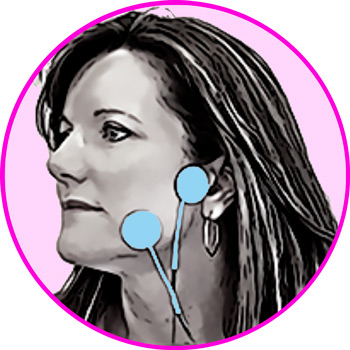
More types of EMS electrostimulators and TENS machines that you should know about
What types of jaw pains are there and what are the causes?
Ailments in the jaw are among the most painful that you can suffer, because regardless of whether it is not caused by a serious injury, the jaw is widely innervated, so any ailment has a profound impact at the nervous level.
The most common reasons for jaw pain are as follows:
Bruxism
This is a movement disorder characterized by the involuntary action of clenching or grinding the teeth. Bruxism has various levels of intensity and can occur unconsciously during the day (daytime bruxism) or while sleeping (nighttime bruxism).
Bruxism can have serious consequences for the teeth, as it can fracture, flatten or loosen them, severely wear down tooth enamel to the point of exposing the inner layers of the teeth, and cause stiffness, fatigue, swelling and pain in the jaw muscles.
The causes of bruxism are believed to be an accumulation of psychological, genetic and physical factors, and may differ between daytime and nighttime bruxism. Daytime bruxism can be caused by the following factors:
- Anxiety
- Stress
- Developed habitus
- Frustration and impotence
On the other hand, nocturnal bruxism may be due to involuntary chewing activity associated with waking up during sleep, in addition to other psychological factors.
Jaw pain
Jaw pain is an ailment of varying intensity that, while it can be worrisome, usually does not represent a serious problem as long as it is treated early and seriously enough.
Jaw pains usually occur on one or both sides, and are generally related to oral problems such as:
- Dental abscesses
- Tooth decay
- Wisdom teeth growth
- Bruxism
In other cases, jaw pain may be related to other types of disorders, among which we can highlight
- Osteomyelitis
- Trigeminal neuralgia
- Cysts or tumors
TMJ (Temporomandibular Joint Disorders)
It is a disorder that affects the jaw joints that connect the lower jaw bone to the skull. It is characterized by an elevated sensitivity of the temporomandibular joint area, accompanied by inflammation, the sensation of a locked jaw and pain that can extend from the neck to the ears.
Among the most common causes of TMJ disorder we can highlight the following:
- Bruxism
- Arthritis
- Stress
- Acute trauma
- Incorrect bite
Differences between TENS and EMS Which is better for treating jaw pain?
The use of electrotyping for the treatment of jaw pain is widespread, to the point of becoming one of the most popular options for treating the symptoms of a variety of disorders.
However, it is necessary to make certain distinctions in the type of electrotherapy appropriate for the treatment of these ailments, as there are marked differences between electrical muscle stimulation (EMS) and transcutaneous electrical nerve stimulation (TENS).
TENS therapy can be defined as a physiotherapeutic technique focused on the treatment of pain caused by injury, trauma or disease, and is defined by the following characteristics.
- Uses low voltage currents (between 1 and 250 Hz)
- It blocks the nerve endings located in the branches of the maxillary nerve and the mandibular branch of the trigeminal nerve, inhibiting the sensation of pain
- Its electrical impulses affect sensitivity at the nerve level.
- Treats pain caused by trauma and disorders, but does not treat the source of the pain.
Muscle electrostimulation, or EMS, is a physical training method used mainly for aesthetic and sports purposes, and is identified by the following characteristics:
- It applies medium/high intensity frequencies ranging from 70 to 150 Hz.
- Interacts with muscle tissue, causing contractions that increase muscle strength, endurance and elasticity.
- EMS impulses have an influence at the muscular level, but their effect at the nervous level is very low.
- Set at the correct frequency, it can be beneficial for muscle rehabilitation following injuries.
With this information, we can say that the most effective therapy for the treatment of jaw ailments is TENS therapy, since its effect is focused on blocking the nerve impulses that generate the sensation of pain, located in the ramifications of the upper jaw, and in the maxillary region of the trigeminal nerve, mitigating the sensation of pain in the patient.
On the other hand, EMS therapy is contraindicated for the treatment of pain, since the intensity of its electrical impulses causes contractions of the temporalis, masseter, lateral pterygoid and medial pterygoid muscles, which can cause involuntary stimulation of the nerves and increase the sensation of pain in the patient.
Is it recommended to use EMS machines to improve bruxism?
While EMS devices can be very useful for muscle recovery and conditioning in many cases, bruxism and other jaw pain is one of which is completely contraindicated.
This is because muscle electrostimulation is not intended for the treatment of ailments, since it does not interact directly with the nerves, but rather generates muscle contractions of varying intensity, which can stimulate the maxillary and trigeminal nerves, and increase the sensation of pain if applied to a patient suffering from bruxism.











